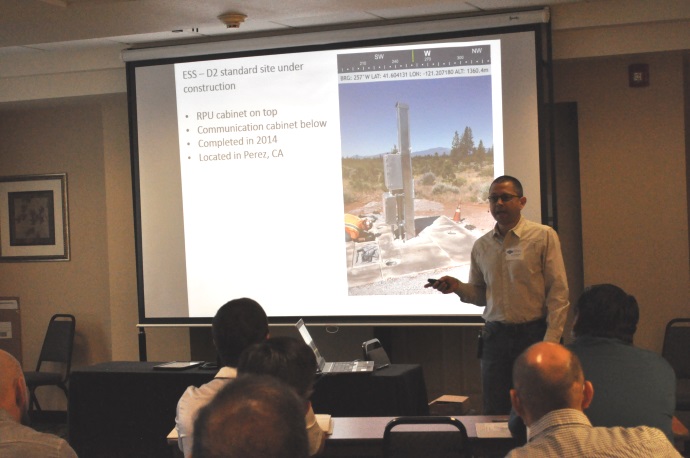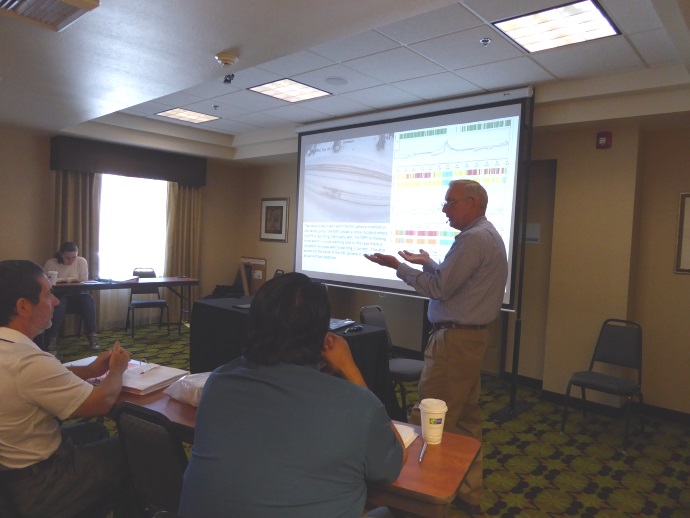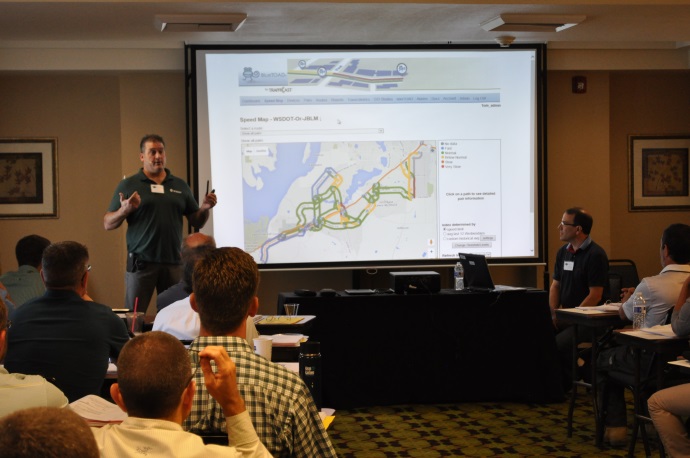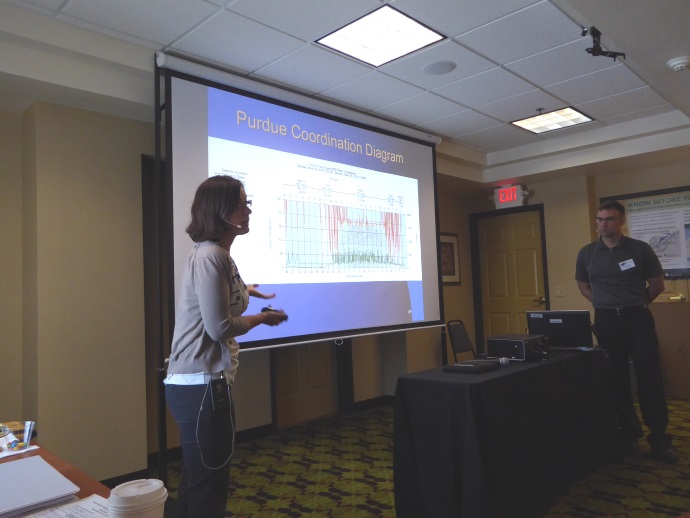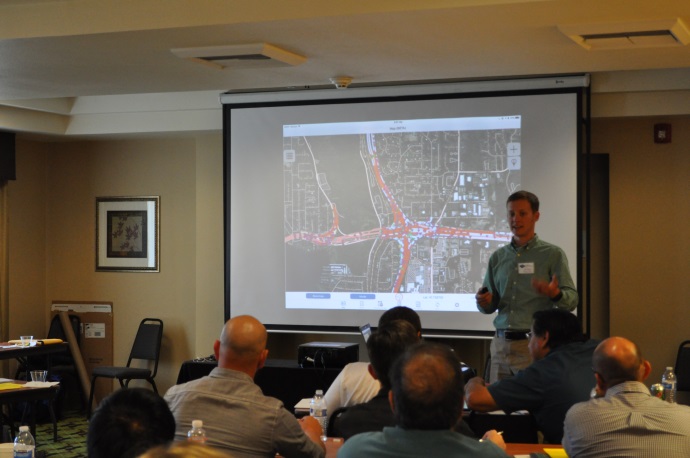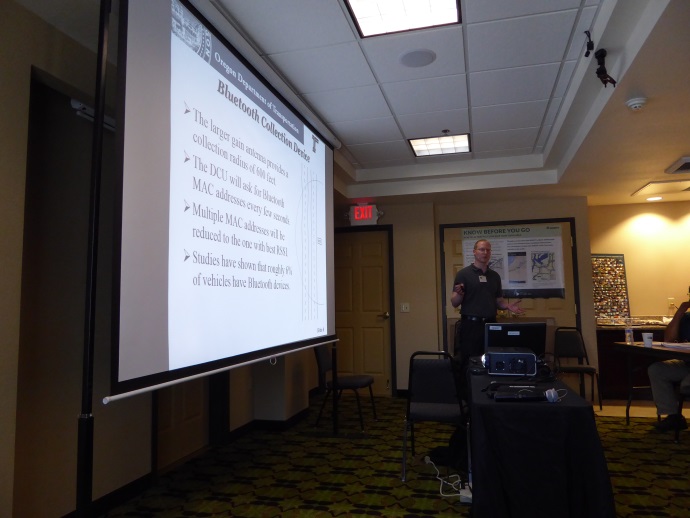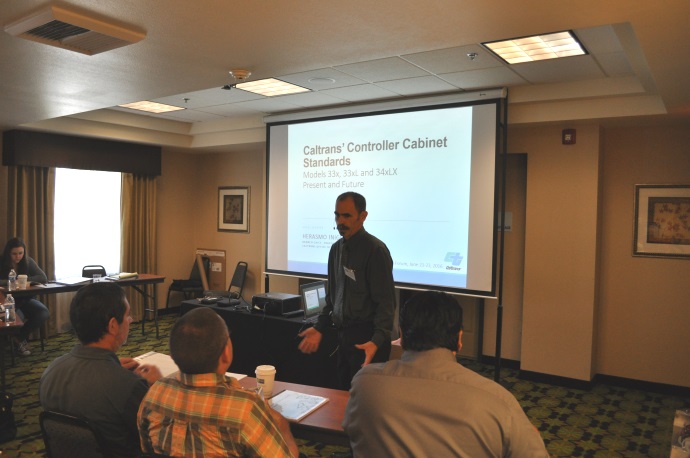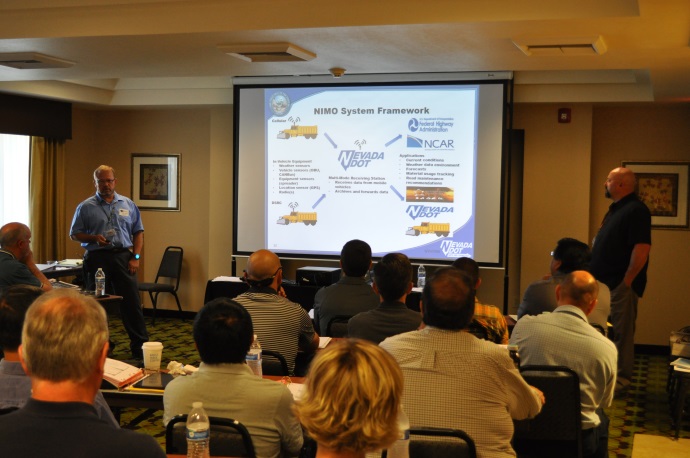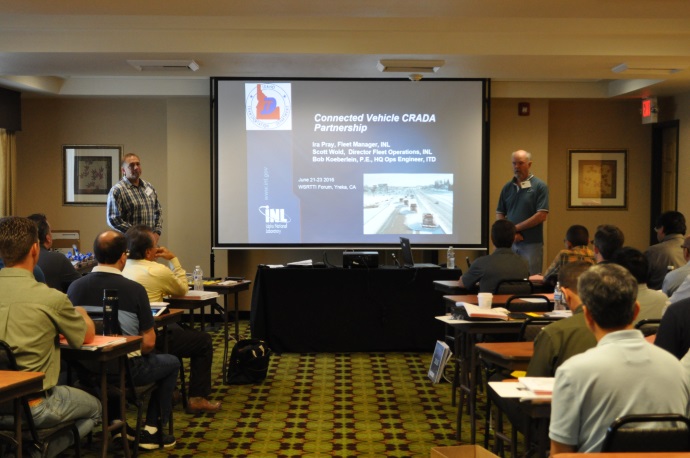2016
Western States Rural Transportation Technology Implementers Forum
June 21st-23rd, Yreka, California

SCHEDULE OF EVENTS
Tuesday, June 21, 2016
4:00 pm to 7:00 pm Registration
5:00 pm to 6:30 pm Reception (no-host)
6:30 pm to 9:00 pm Dinner
Wednesday, June 22, 2016
7:00 am to 8:00 am Breakfast
8:00 am to 12:25 pm Welcome and Presentations
12:25 pm to 1:25 pm Lunch
1:25 pm to 5:30 pm Technical Presentations, Evaluations,
Remarks
6:15 pm to 11:00 pm Dinner and Networking Session
Thursday, June 23, 2016
7:00 am to 8:00 am Breakfast
8:00 am to 12:05 pm Technical Presentations
12:05 pm to 1:00 pm Lunch, Evaluations, Remarks
PRESENTATIONS AND DEMONSTRATIONS*
RWIS Deployment Update for Campbell-Datalogger-Based-RPU
Jeff Worthington
Caltrans District 2
Note: PDF contains embedded video clips and is ~24 MB in size.
Adobe Reader 9 or higher is needed to view these video clips.
A version without embedded video (~3.1 MB) is available here.
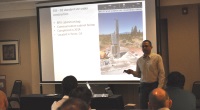
|
For the first section of Caltrans District 2’s RWIS topic, Jeff Worthington explained their design for a new RWIS RPU (remote processor unit).
He provided some background on the project and discussed the reasons for proceeding with their own RPU redesign.
He described the subsequent implementation of the new RPU, providing details and discussion about what worked and what didn’t work.
He concluded with future plans for the system and a lead-in to Mike Beyer’s presentation on in-pavement versus non-invasive pavement sensors.
|
Comparison of In-Pavement Versus Non-Invasive Pavement Sensor Technologies (AKA: The Lesser of Two Evils)
Mike Beyer
Caltrans District 2
Note: PDF contains embedded video clips and is ~37 MB in size.
Adobe Reader 9 or higher is needed to view these video clips.
A version without embedded video (~3.9 MB) is available here.
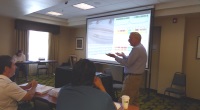
|
In the second section of the Caltrans District 2 RWIS presentation, Mike Beyer reviewed the process of deploying pavement sensors with the new RWIS RPU design.
He discussed the challenges associated with in-pavement sensor technologies and District 2’s consequent investigation of out-of-pavement sensor technology.
He further compared the two technologies and discussed the lessons learned for best practice implementation for both types of technology.
|
Joint Base Lewis-McChord (JBLM) Bluetooth Traveler Information and Integration
Tony Leingang, Tom Stidham
Washington State Department of Transportation
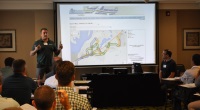
|
Olympic Region’s Freeway Operations Manager, Tony Leingang, and Information Technology Specialist, Tom Stidham, discussed the Bluetooth traveler information project recently deployed around the JBLM corridor.
WSDOT partnered with multiple agencies to implement ITS congestion management solutions along the I-5/JBLM corridor.
One element required improved traveler information to encourage use of a variety of routes more efficiently, reduce severity of bottlenecks, and eliminate unnecessary short freeway trips.
Tony and Tom discussed project coordination, selection of Bluetooth technology, installation, and data processing.
They demonstrated the system software and reviewed some of the project’s challenges and lessons learned.
|
Local Adaptive Signal Timing on US 101 in Lincoln City, Oregon
Julie Kentosh, Doug Spencer
Oregon Department of Transportation
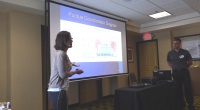
|
Region 2’s Signal Operations Engineer, Julie Kentosh, teamed up with ODOT’s ITS Standards Engineer Doug Spencer to present the Local Adaptive Signal Timing project implemented on US101 Hwy in Lincoln City, Oregon.
The system was designed to address the significant seasonal traffic fluctuations experienced along that segment of highway.
Julie and Doug provided background on the project and adaptive signal timing in general.
They then discussed the design of the Lincoln City system, and its installation, operation, evaluation and results to date.
|
Using iPads for Field Data Collection
Joe Schmit
Washington State Department of Transportation
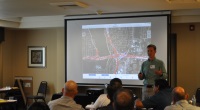
|
To modernize and create a more efficient maintenance department, the Washington State Department of Transportation Maintenance Division deployed over 1000 iPads to highway maintenance employees.
These iPads are equipped with a WSDOT-developed application called the Highway Activities Tracking System (HATS).
A dynamic user interface is combined with onboard GPS and mobile GIS to help in documenting maintenance work activities and tracking highway features.
WSDOT Technology Resource Manager, Joe Schmit, discussed the project from development to field deployment and then gave a live demonstration of the application.
|
Portable Work Zone Data Collection
Blaine Van Dyke
Oregon Department of Transportation
Note: PDF contains embedded video clips and is ~78 MB in size.
Adobe Reader 9 or higher is needed to view these video clips.
A version without embedded video (~2.9 MB) is available here.
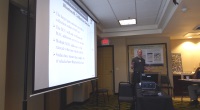
|
Oregon DOT developed four solar powered portable data collection trailers to monitor traffic in work zones.
Each trailer is equipped with traffic sensors, Bluetooth travel time units, and cameras.
ODOT uses the data collected by the trailers to inform travelers in real time of any delays through the work zone.
Messages are posted to changeable message signs and the TripCheck traveler information website.
The data collected will also be used to improve traffic flow in future work zones.
Blaine Van Dyke reviewed the trailer specifications and components, deployment and data collection, and lessons learned.
He included a walk-around video of an actual trailer as well.
|
Caltrans' Controller Cabinet Standards: Models 33x, 33xL and 34xLX Present and Future
Herasmo Iniguez
Caltrans Headquarters
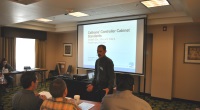
|
Herasmo Iniguez, Traffic Controls Systems Branch Chief, presented some of Caltrans’ controller cabinet standards.
He reviewed the history of Caltrans cabinet standards and then discussed the features and benefits for the newer LX cabinet.
Herasmo had a cabinet on-site and spent several networking sessions describing and demonstrating its features to Forum attendees.
|
Dedicated Short Range Communications (DSRC) Radio for Rural ITS
Rodney Schilling, Jim Whalen
Nevada Department of Transportation
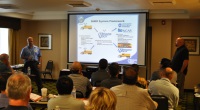
|
In an effort to demonstrate a more viable and effective method of providing mobile weather data, Nevada DOT has deployed 18 DSRC roadside radio units along the I-580 corridor between Reno and Carson City.
Onboard units were also fitted on nine District II snow plows and a Freeway Service Patrol van.
Rodney Schilling and Jim Whalen described the design and implementation of the various components and the overall system.
They reviewed results to date for the project and discussed data integration with the Nevada Data Exchange.
|
Connected Vehicle CRADA Partnership
Bob Koeberlein, Ira Pray
Idaho Transportation Department, Idaho National Laboratory
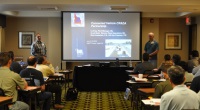
|
Bob Koeberlein, Headquarters Operations Engineer for the Idaho Transportation Department (ITD), and Ira Pray, Fleet Manager for the Idaho National Laboratory (INL), collaborated to present their ongoing Cooperative Research And Development Agreement (CRADA) partnership for connected vehicles.
The INL has installed mobile data collection sensors on five vehicles which patrol routes ahead of INL buses.
These scouting vehicles record data such as atmospheric measurements, road surface conditions, and grip.
This data is uploaded to the Vaisala Navigator website, where it can be easily viewed by INL and ITD management.
The team gave some background on CRADA partnerships, DSRC, and the project’s needs and objectives.
Bob explained the various related RWIS installations along with the communications systems and basic data security.
Ira provided details on the instrumented vehicles, data collection, challenges encountered, and how they are determining whether the project’s goals are being met.
|
TOP
*These presentations are posted as developed by the speakers and presented at the 2016 Forum. Alternative accessible formats of these documents can be provided upon request. Persons with disabilities who need an alternative accessible format of this information, or who require some other reasonable accommodation to participate, should contact Neil Hetherington, Visual Communications Manager, Western Transportation Institute, Montana State University, PO Box 174250, Bozeman, MT 59717-4250, telephone number 406-994-3566, e-mail: hetherington "at" montana.edu; or Dana May, Business Development Manager, Western Transportation Institute, Montana State University, PO Box 174250, Bozeman, MT 59717-4250, telephone number (406) 994-6361, e-mail: dana.may "at" montana.edu. |




